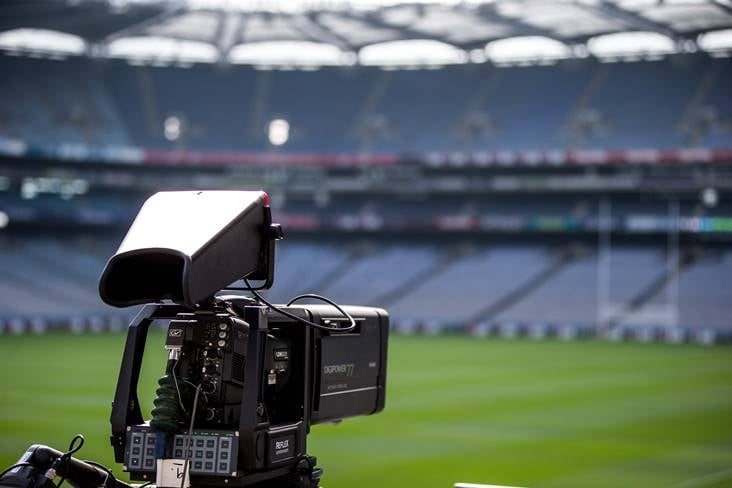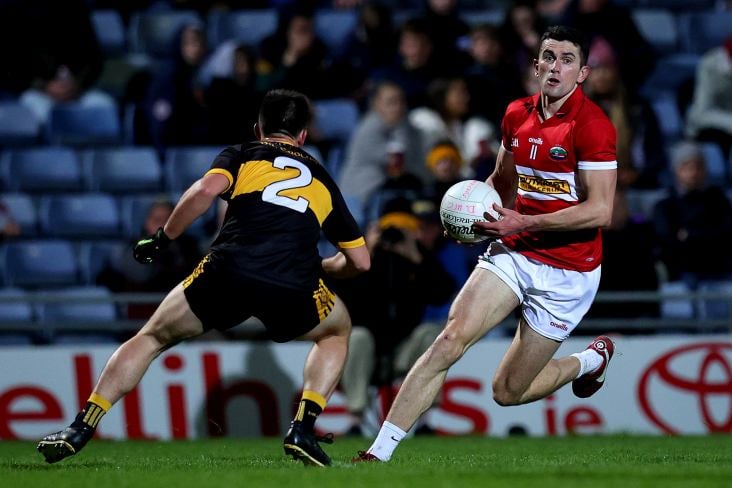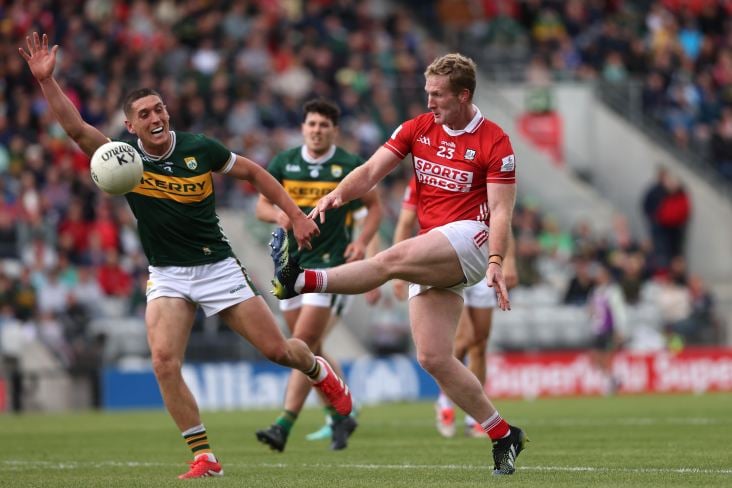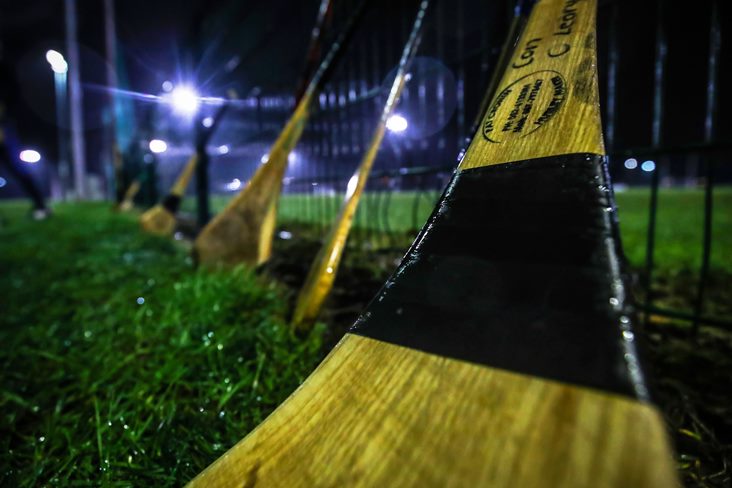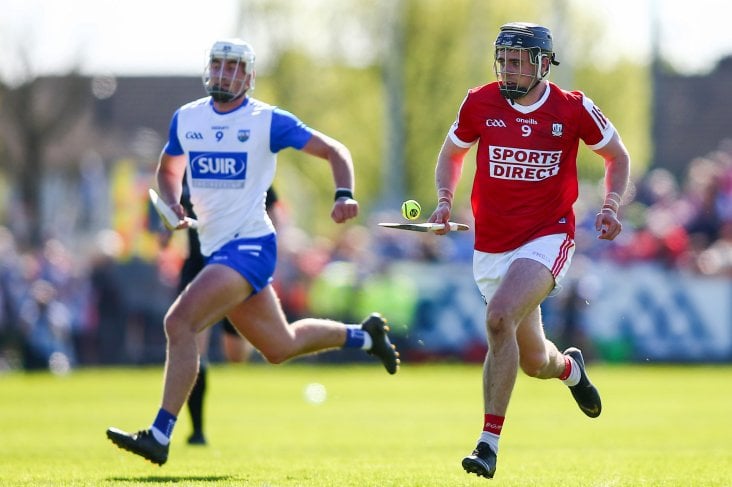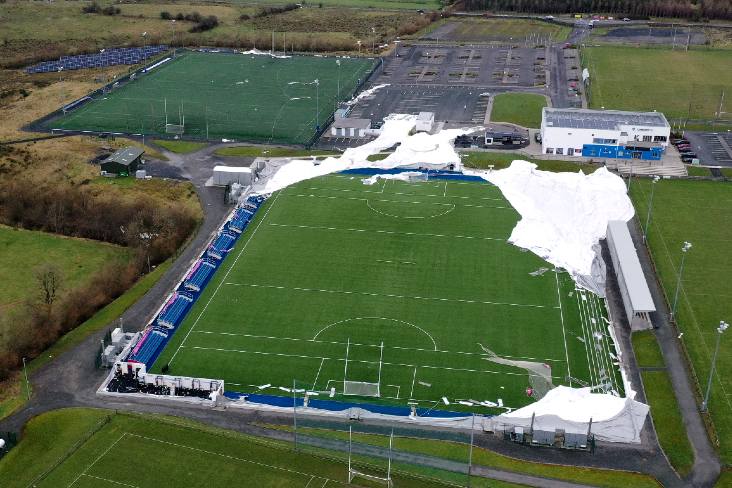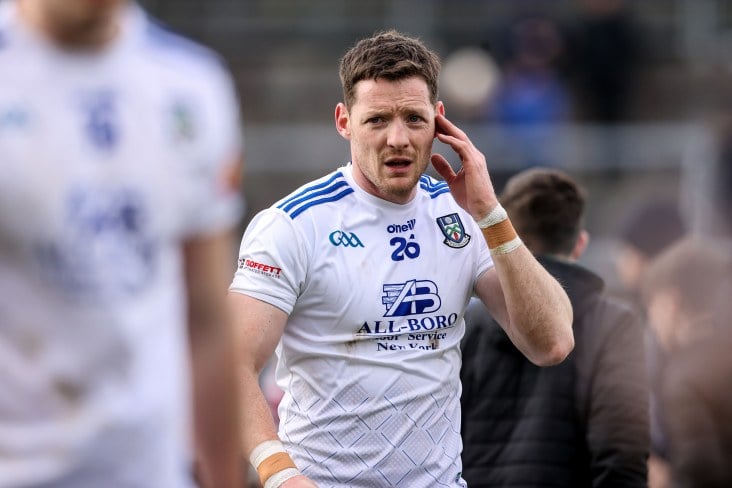GAA celebrates 100 years of Croke Park ownership
December 18, 2013The historic signing over on December 18 1913 helped ensured that Croke Park would remain the playing headquarters of the Association from that day until this.
The Stadium, now the fourth largest in Western Europe with a capacity of more than 82,000 is also the administrative home of the Association.
To mark the occasion, the GAA presented members of the Dineen family with framed copies of the original deeds.
Uachtarán Chumann Lúthchleas Gael Liam Ó Néill acknowledged the symbolism in the date in the context of the overall history of the GAA.
He said: "The GAA and Croke Park are synonymous with each other to such an extent that it is almost impossible to imagine one without the other.
"With that in mind, today is a hugely important milestone in the history of the Association and one on which we are proud to shine a light on the all important contribution of Frank Brazil Dineen.
"Not only did he serve as both President and General Secretary of a then fledgling organisation, but he personally secured what would become the long-term iconic home of the GAA. For that amongst others things we should be eternally grateful.
"I welcome relatives of Frank here today in addition to representatives of the families of other key administrative families of that era.
"Their ancestors may not have realised it at the time, but collectively they played a part in a monumental decision that placed Croke Park at the heart of the GAA's and indeed the nation's sporting and cultural activities."
In 1908 Dineen purchased the 14-acre City and Suburban Racecourse for the sum of £3,250 with the sole aim of providing the GAA with a suitable home.
Three years earlier he had advocated, anonymously through a newspaper article, an elaborate scheme for a major Gaelic games stadium in Dublin. The financial situation of the GAA between 1905 and 1908 was such that it could not afford to buy the stadium itself so Dineen bought the grounds and held them in trust for the GAA.
Between 1908 and 1910, he oversaw substantial improvements to the grounds, including relaying the entire pitch and increasing the terrace accommodation.
These improvements were paid for by Dineen himself and, in 1910, due to financial constraints, he had to sell off four acres of the ground to the Jesuits of Belvedere College for £1,090.
In 1912 the grounds had fallen into a state of disrepair and it has been speculated, by Marcus DeBúrca the renowned GAA historian, that the deteriorating state of the grounds may have prompted the GAA to stage the Croke Memorial Tournament in 1913, the proceeds of which were used to purchase the grounds from Dineen.
Following the sale of the grounds to the GAA, who subsequently re-named it the Croke Memorial Park (and later simply Croke Park) Dineen remained involved in the GAA until his death in 1916.
In 2006 Hill 16 was officially re-named Dineen Hill 16 in honour of Frank Dineen.
As part of today's commemoration boys from O'Connell Schools, two of them attired in replica kit of the 1913 All Ireland winners Kerry (football) and Kilkenny (hurling) joined representatives of the Dineen family
Relations of Luke O'Toole (Wicklow) and James Nowlan (Kilkenny) - General Secretary and President respectively at the time of the change of ownership - were also in attendance as were members of both the Wicklow and Kilkenny County Boards. Tweet
